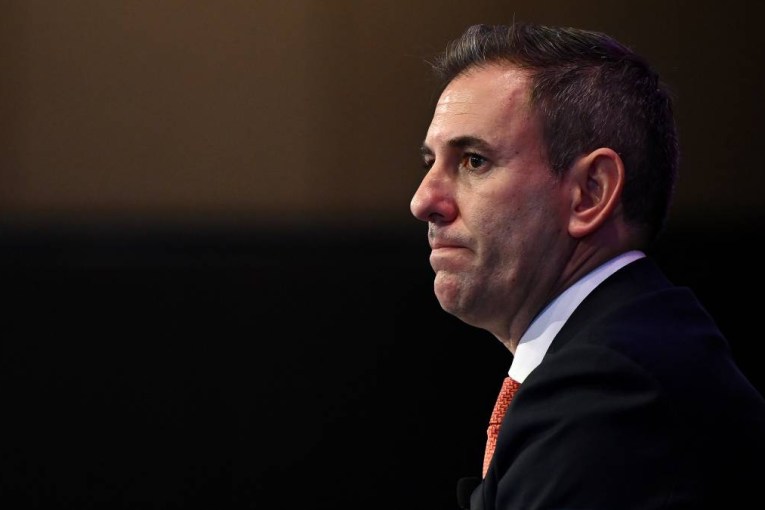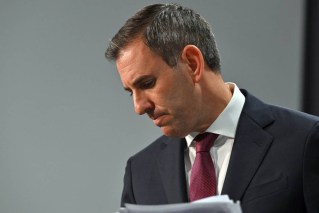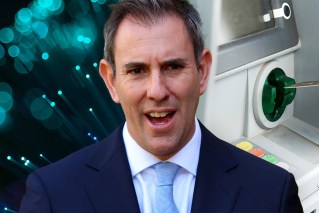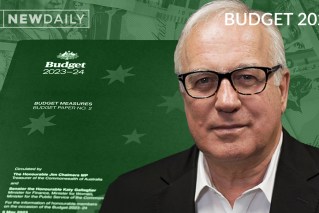Reserve Bank offers cautiously rosy view of Australia’s economy

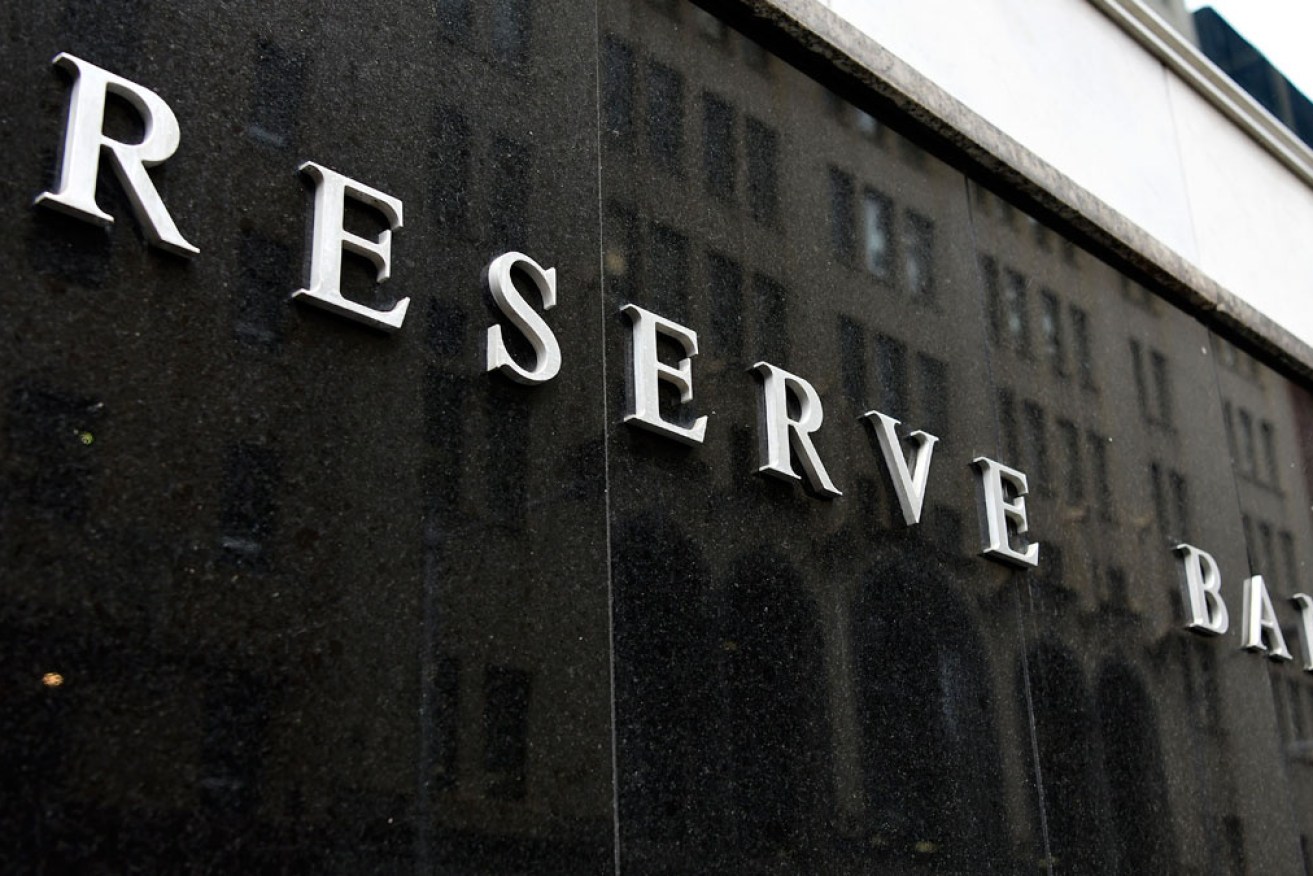
The RBA says there are more interest rate rises to follow Tuesday's historic move.
Australia’s economy is experiencing the biggest contraction since the 1930s but it is possible the coronavirus-led downturn could be shallower than expected, the Reserve Bank says.
However, the outlook remains “highly uncertain” and the pandemic is likely to have “long-lasting effects” on the economy, according to the central bank’s June board meeting minutes released on Tuesday.
The RBA kept the cash rate at a record low 0.25 per cent at the monthly meeting while assessing the extent of the coronavirus-driven economic downturn.
It had cut rates twice and announced quantitative easing measures in March in an effort to cushion the economy from the impact of the pandemic.
The federal government has weighed in with more than $70 billion in stimulus, mainly through its JobKeeper wage subsidy scheme to keep people on employers’ books.
According to the minutes, the RBA board recognised the substantial, co-ordinated and unprecedented easing of fiscal and monetary policy in Australia was helping the economy through this difficult period.
The actions were keeping funding costs low and supporting the supply of credit to households and businesses.
The package had also contributed to a significant improvement in the functioning of government bond markets, and kept the yield on three-year Australian government bonds at the target of about 25 basis points.
The RBA noted that economic activity in Australia had contracted significantly in late March and April but more recent data suggested it had begun to recover in May.
The rate of new infections had declined significantly and some restrictions had been eased earlier than had previously been thought likely.
The contraction in spending in late March and April had been accompanied by significant job losses, with total hours worked falling by 9.0 per cent in April. But payroll data suggested that the pace of job losses slowed towards the end of April.
On Tuesday, ABS data showed payrolls began to gradually pick up in May after record falls in the previous month, with jobs up 1 per cent over the whole month.
The RBA, meanwhile, said the number of jobs had stabilised or increased a little in some of the industries most affected by the restrictions on activity.
Recent credit card data has also shown a pick up in in-store spending in a sign of improving consumer sentiment.
But the board noted the situation still constituted a very significant deterioration.
The unemployment rate, which rose to 6.2 per cent in April, is still forecast to increase further to 7.0 per cent in May and remain elevated through 2021.
It is likely this fiscal and monetary support would be required for some time, the central bank said, and pledged to maintain its accommodative approach as long as required.
-AAP
